Here’s what the Sijo poetry form is:
The sijo is an old Korean verse form that has roots as far back as the Goryeo era (around the 14th century).
Modern interpretations describe a 42-48 line poem divided up into three lines, with a caesura on each line.
Older interpretations are far more strict, encompassing a very specific arrangement of syllables.
So if you want to learn all about the Sijo poetry type, then you’ve come to the right place.
Let’s jump in!
- Diminishing Hexaverse Poetry Form
- Allegorical Poetry Form: Veil Truth in Verse
- Palindrome Poetry Form: Express Your Core
- Tautogram Poetry Form: Harbor Harmony’s Hush
- Nonet Poetry Form: Carve Beauty in Lines
- Echo Verse Poetry Form: Amplify Your Emotions
- Contrapuntal Poetry Form: Echo Twin Realms
- Found Poetry Form: Discover Beauty in Scraps
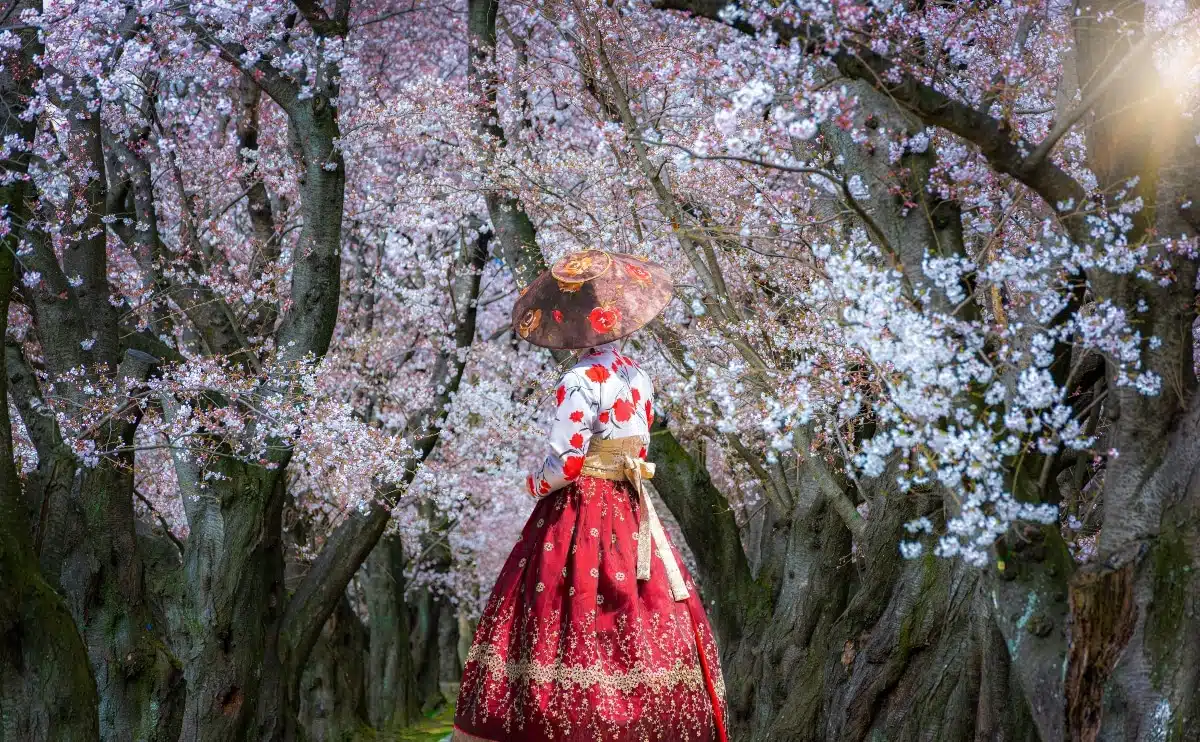
Forms of Poetry: Sijo
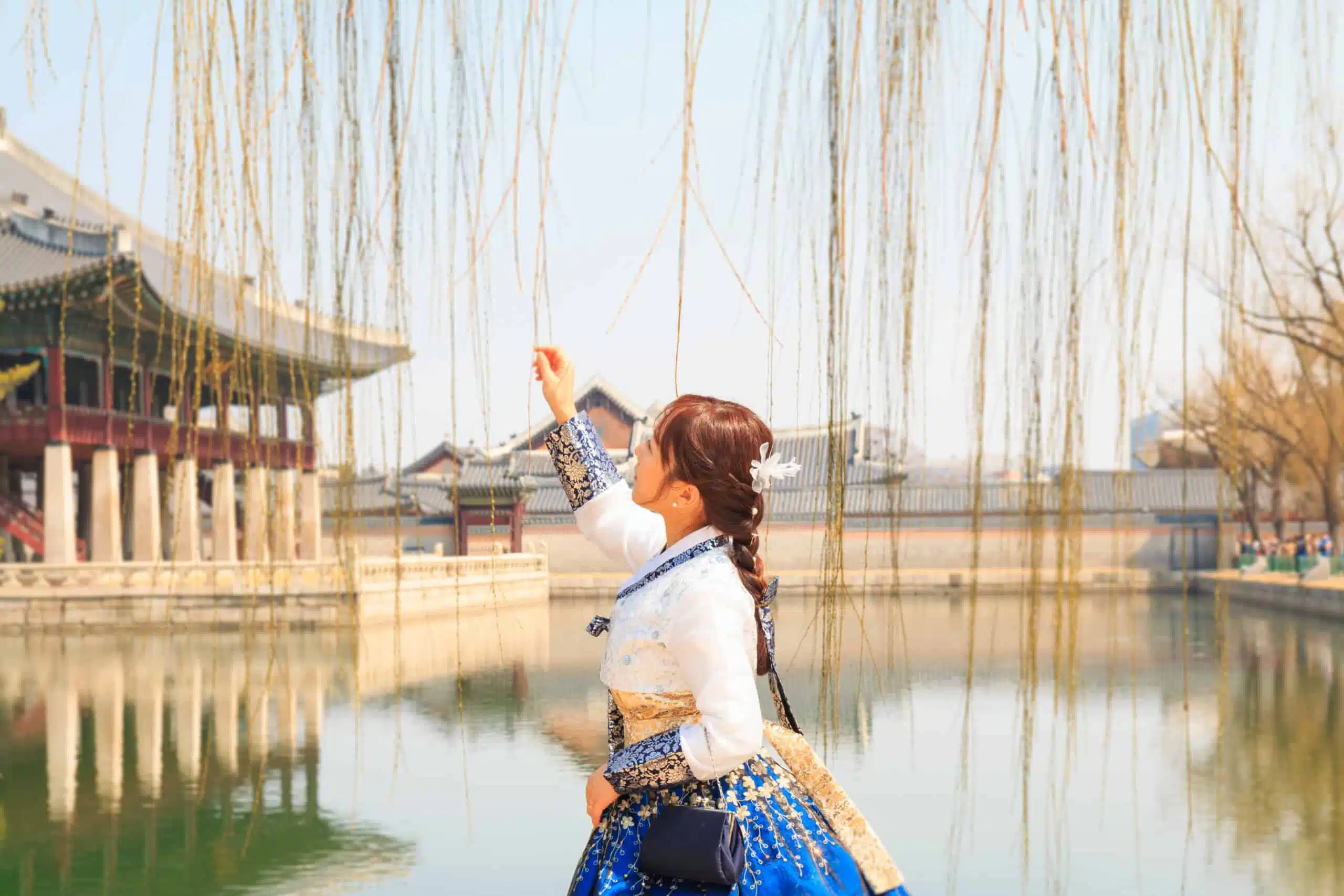
The sijo is a traditional Korean verse form.
While English practitioners often liken it to a longer haiku, since both are tercets that principally use syllable counts for organization, this is painfully inaccurate after taking all other standards into account.
Unlike haiku, which focuses on imagery and emotion, the sijo is a bit more likely to have some sense of narrative.
It features a twist that’s not unlike the moment of the cutting word in a haiku, but the theming is generally more personal than other Asian forms.
Basic Properties of Sijo
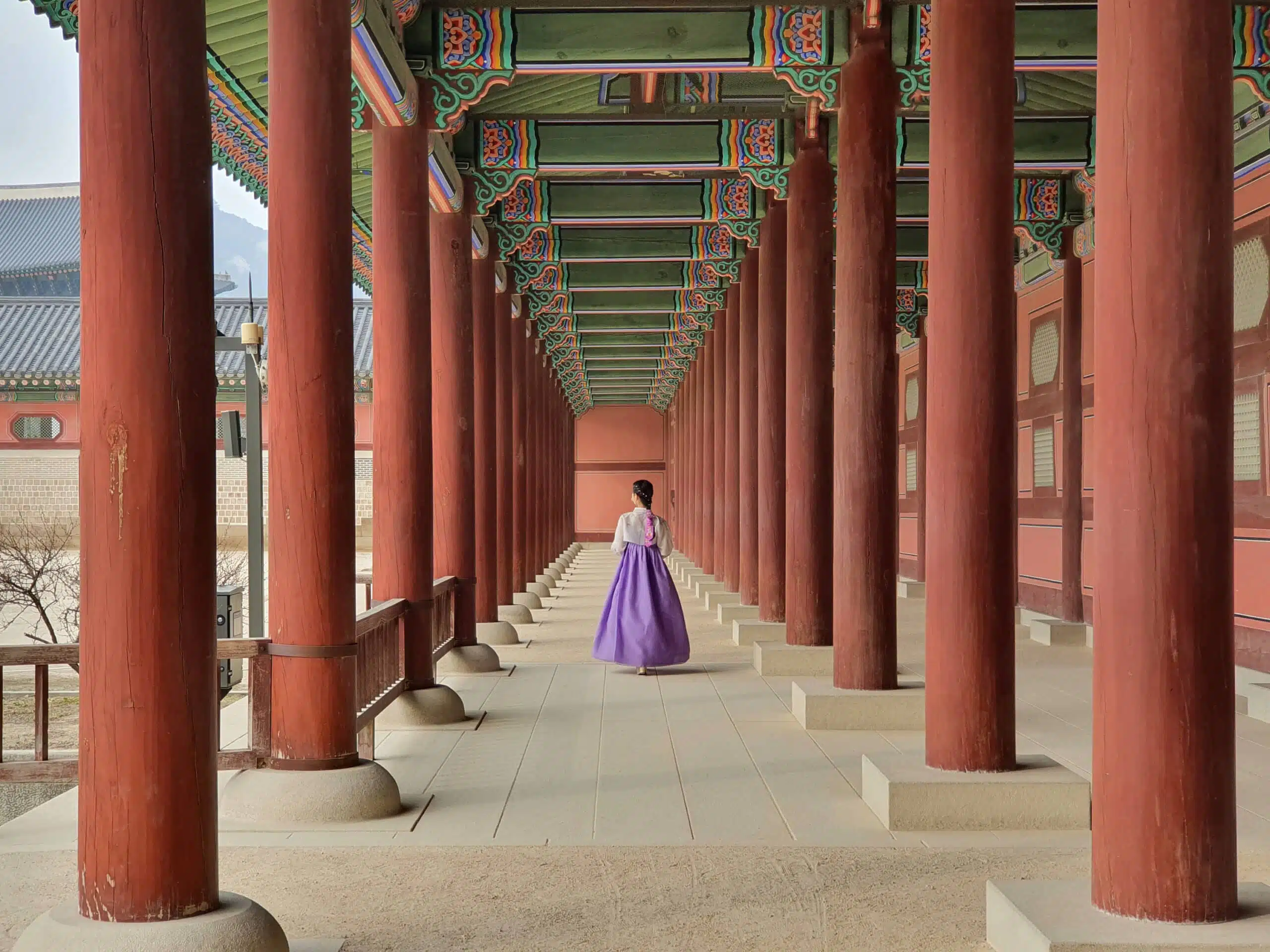
| Rhyme Structure | None |
| Meter | None |
| Origin | Korea, around the end of the 14th century |
| Popularity | Relatively obscure in the west |
| Theme | Varies |
History of Sijo
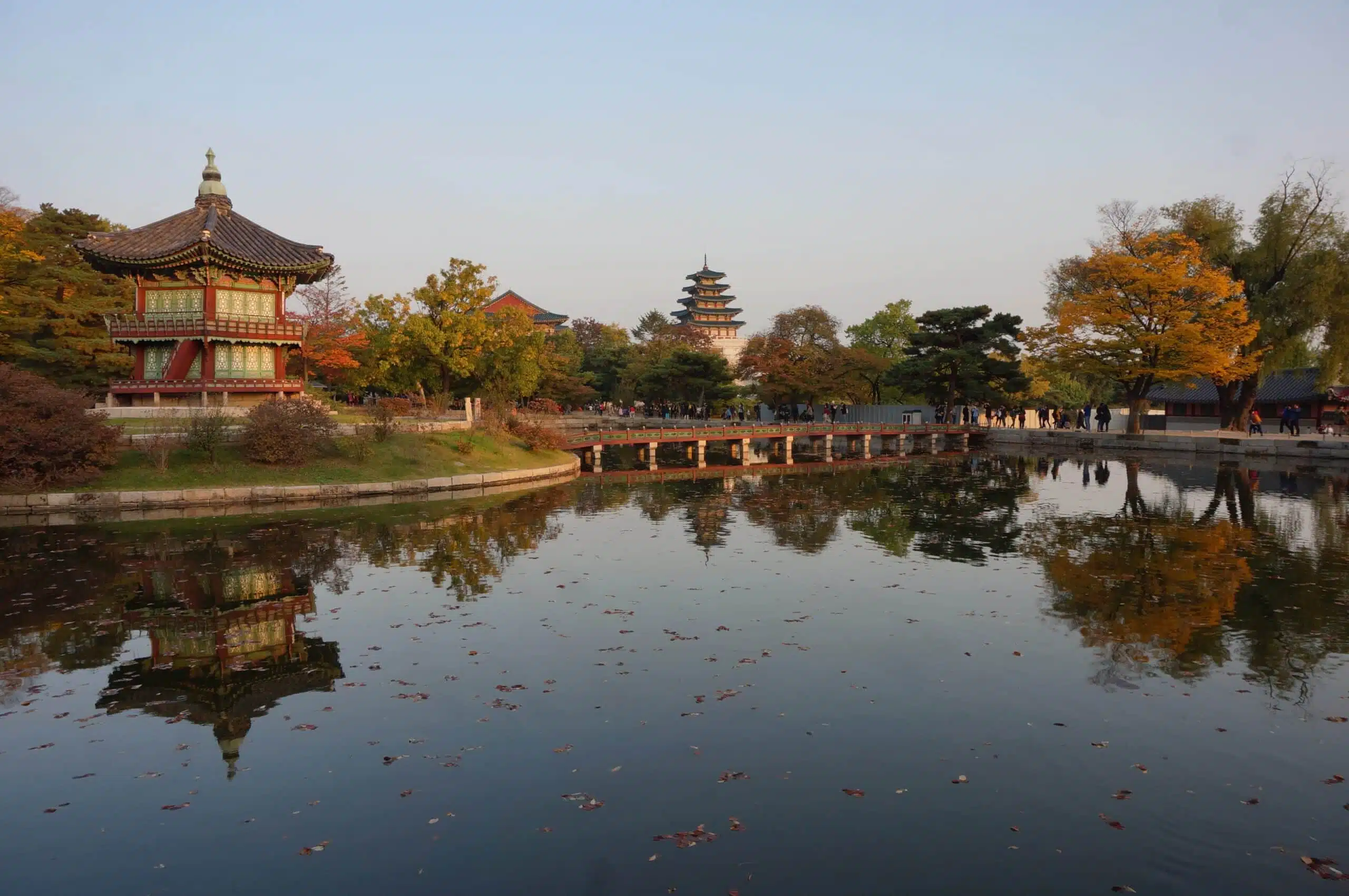
The sijo traces its roots to the Goryeo dynasty, with the earliest sijo on record coming from around the end of the 14th century.
The Goryeo era was a time of political strife and ultimately influenced the theming of early sijo.
Themes such as regret, loss, and hopeless loyalty were dominant at this time.
Despite these earliest examples, it was not until the Joseon dynasty, around the 18th century, that the form saw a revival.
This was also the era that popularized sijo and featured the most developments for the form.
P’yong sijo was designed to be recited out loud, and more specifically in song.
At this time the form was predominantly meant for the upper class, with very strict metrical requirements.
The sijo had four sections per line, following a syllable structure of 3-4-3-4, 3-4-3-4, 3-5-4-3.
This was meant to be an exact meter early on.
Additionally, early sijo was written in Chinese characters.
This greatly limited the form’s initial reach.
The revived form shifted over to Korean, making the form accessible to the common folk.
This shift also marked the moment that themes started to become more varied, no longer being about the culture of the ruling class.
Sijo has since branched off into a multitude of variants owing to their age and popularity, including a long narrative form called sasol sijo and another form called ossijo, a variant that only slightly expands the original form.
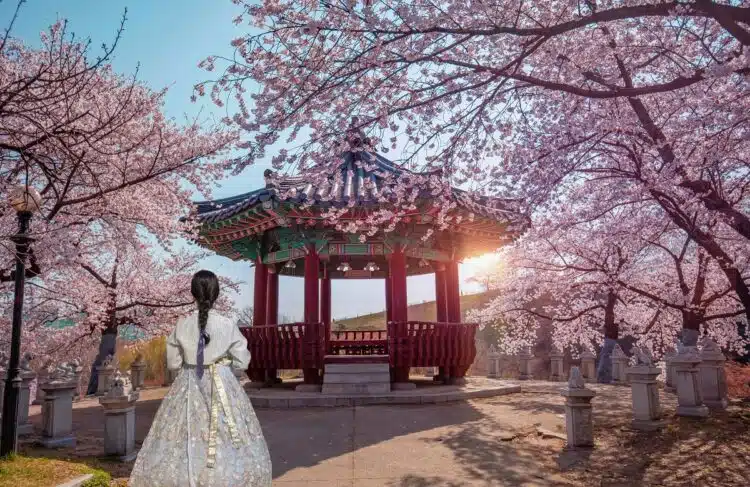
As for modern sijo, the form has gradually moved away from its strict origins, much to the chagrin of purists.
Many modern sijos are functionally the same as free verse written to imitate sijo, so there have been heated discussions as to how free and how strict sijo should be to be considered proper sijo.
It’s worth noting that this kind of thing happens all the time in poetry.
Generally speaking, there are always casual poets who champion accessibility and expression versus conservative poets who champion tradition and structure.
If you can imagine the kind of argument that might ensue between an Instagram poet and a professor of classic literature, then you’ve more or less got the right mental image.
Sijo is one of the forms most affected by this phenomenon, however, so it’s worth bringing up here.
The communities that practice sijo are firmly and definitively split based on which school of thought they fall into.
How Is Sijo Structured?

The sijo features three lines which are each 14-16 syllables.
This means that the total syllable count for the poem will be between 42 and 48 syllables.
You may occasionally see other ranges listed online (I’ve personally seen 44-46 in a few places) but 42-48 is the correct range.
The sijo is expected to have a situation in line 1, development in line 2, and a twist and conclusion in line 3.
In practice, the “development” line is just an extension of the first line, while introducing a situation in the first line of a poem is just standard practice anyway.
So realistically you’ll only have to worry about the twist.
Each line features a caesura.
You can cut the poem up further into the original four-sectioned lines if desired, but at the very least it’s expected that a sijo’s lines will have halves.
(Note that “halves” is being used loosely since these “halves” may not necessarily be exactly the same length.)
It’s worth noting that English adaptations do frequently ignore the 3-4-3-4, 3-4-3-4, 3-5-4-3 section structure of the older sijo, opting only for a caesura on each line.
Three syllables barely amount to anything in English, so it would be difficult to get anywhere while respecting the original structure.
Example of Sijo
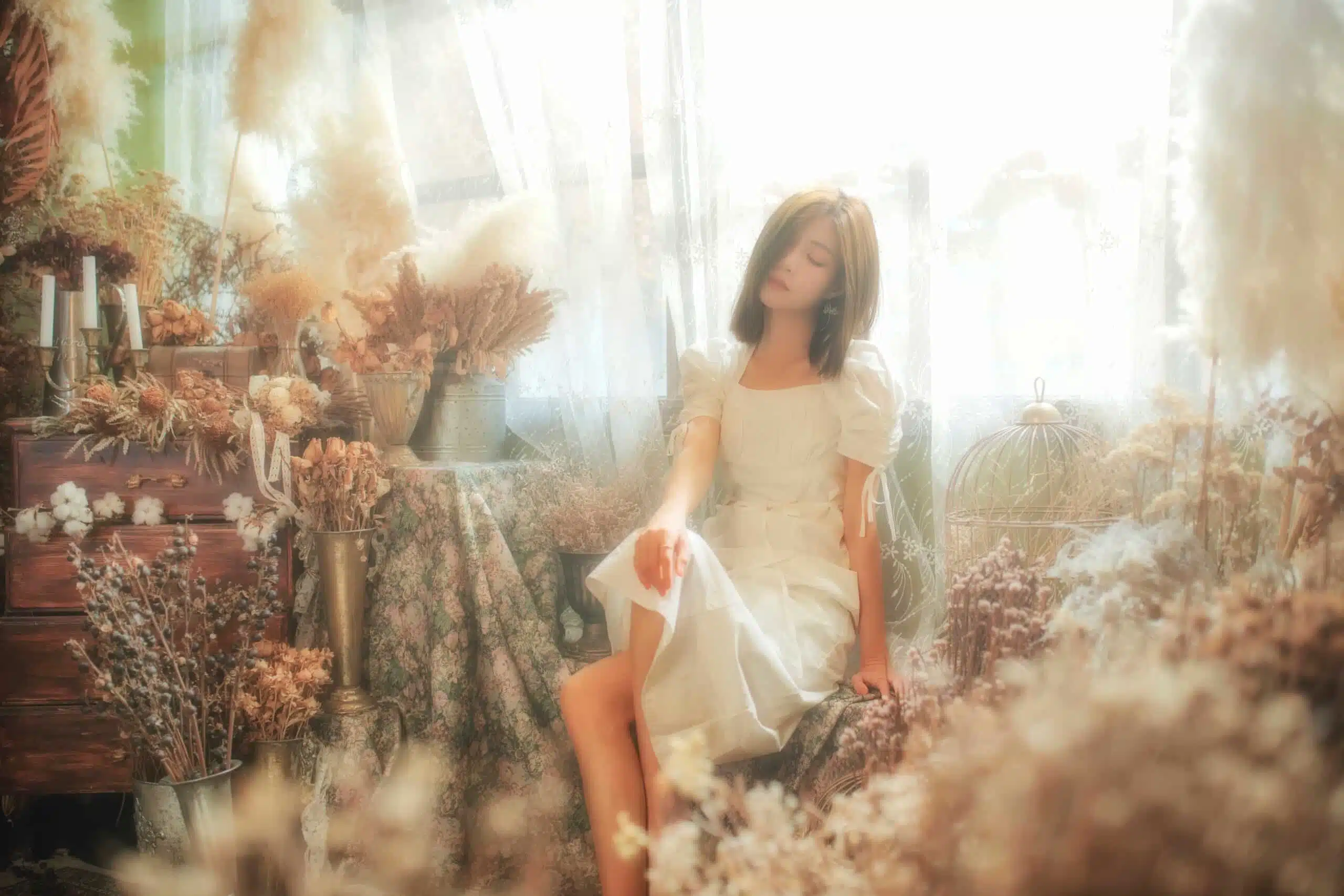
The fire on the stove dances, perhaps to call upon the pot,
waiting for an iron partner, with which to best perform,
but it often burns the soup, far too eager to impress.
This particular sijo utilizes personification as the poem’s main vehicle for expression.
The “situation” of the first line is the dancing flame.
The “development” of the second line compares the pot and fire to dance partners.
The “twist” of the last line reveals that the fire’s eagerness often leads to the burned soup.
A sijo doesn’t necessarily need to contain elements of humor, but the natural irony of the twist does work well for that.
Another way to think of the twist is to have it be more like a conventional “plot twist” that suddenly recontextualizes the lines above it.
Either way, the modern English examples of sijo are largely characterized by the long lines broken up by a caesura and the twist of the third line.
This is, admittedly, an oversimplification of the original form.
One could even argue that the intent of the sijo was lost in translation over the years, leaving the current version far more similar to the unrelated haiku than it should be.
But even in this simplified form, there is no expectation for seasonal elements or images from nature, which are mandatory in most adaptations of the haiku.
The length also drastically changes how the poem is approached, generally having enough room for at least a mini-scene, whereas haikus feature strictly enough room for one to three concise images at best.
Tips for Writing Sijo

If you’d like to stick as closely to the old four-sectioned lines as possible, you’ll need to spend some time establishing how you’re going to adapt four sections into a 14-16 syllable line.
Having punctuation every three or four syllables will be pretty jarring, so it would be best to come up with a conceptualization that doesn’t rely on jamming your work full of commas.
Otherwise, the sijo is a relatively straightforward form.
The pauses will naturally lean you in the right direction, so it’s just a matter of remembering when to add the twist and coming up with an interesting way to use it.
The twist can be emotive, narrative, or tonal in nature, so long as there’s a feeling of the poem’s direction changing.
Writing in such long lines would normally require you to adapt your style, but it may be better to think of the English version of the sijo as a sort of six-line poem, structured in three on the page.
This will also make it easier to keep track of your syllable counts.
However you approach it, sijo represents a fresh take on Asian poetry that not many westerners dip their toes into, so do make an effort to appreciate the qualities that make it different.
Throwing away the twist or caesuras really would make the poem feel more like a free verse poem, so try to see your take on the sijo for what it wants to be.
Poet’s Note

I believe this is the first Korean poem form in this series.
That’s actually kind of amazing, considering how many countries we’ve touched on so far.
It does feel anticlimactic that our first Korean form is one that was originally written with Chinese characters, but such is life.
Comprehensive Collection of Poetry Forms: Craft Words Into Art

Dare to traverse the entire spectrum of poetic forms, from the commonplace to the extraordinary?
Venture from the quintessential Sonnet to the elusive Mistress Bradstreet stanza, right through to the daunting complexity of Cro Cumaisc Etir Casbairdni Ocus Lethrannaigecht.
For those with a zeal to encounter the full breadth of poetry’s forms, this invitation is yours.
Start exploring the vast universe of poetic ingenuity with our comprehensive array of poetry forms right now!
- Diminishing Hexaverse Poetry Form
- Allegorical Poetry Form: Veil Truth in Verse
- Palindrome Poetry Form: Express Your Core
- Tautogram Poetry Form: Harbor Harmony’s Hush
- Nonet Poetry Form: Carve Beauty in Lines
- Echo Verse Poetry Form: Amplify Your Emotions
- Contrapuntal Poetry Form: Echo Twin Realms
- Found Poetry Form: Discover Beauty in Scraps
